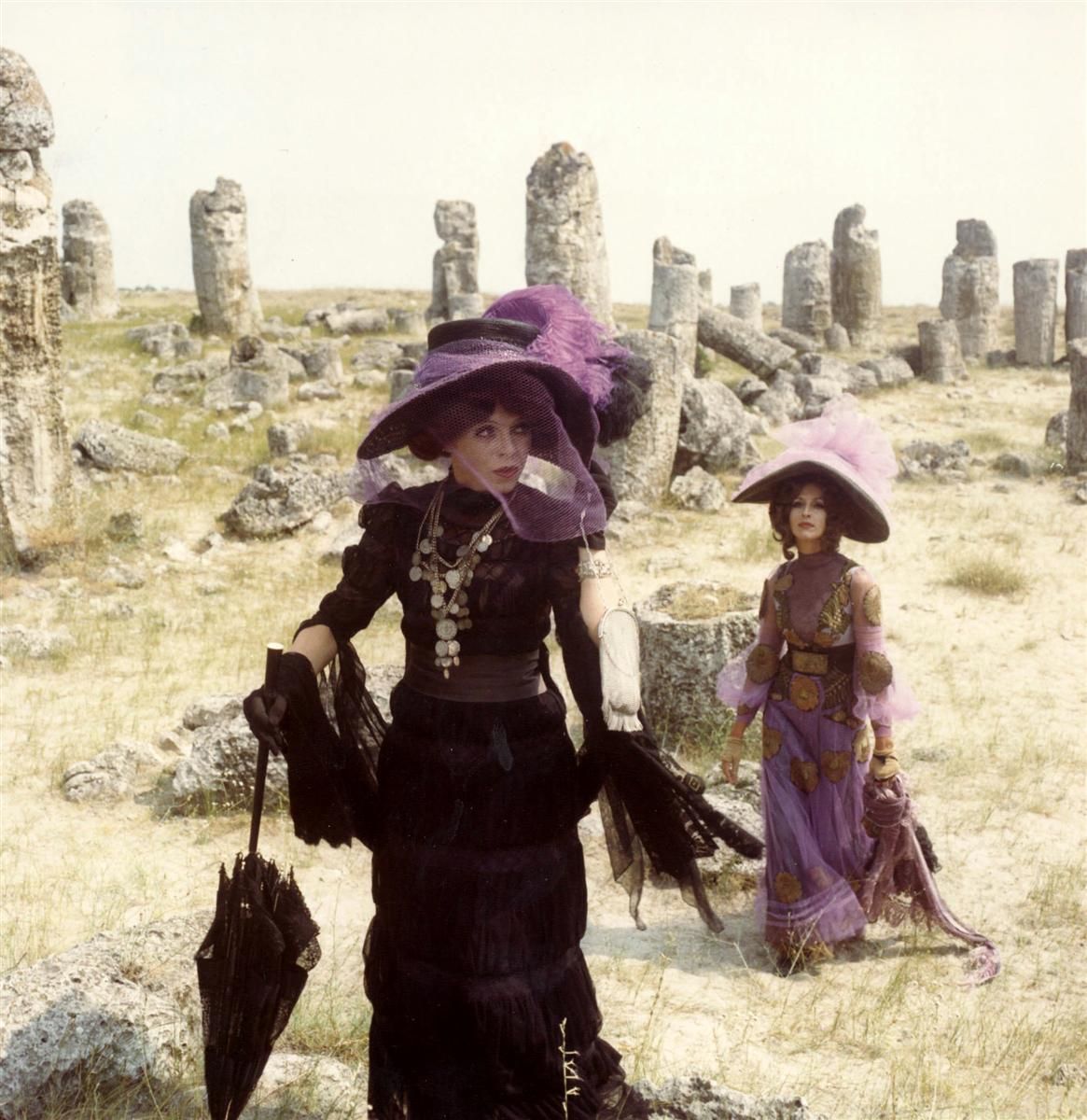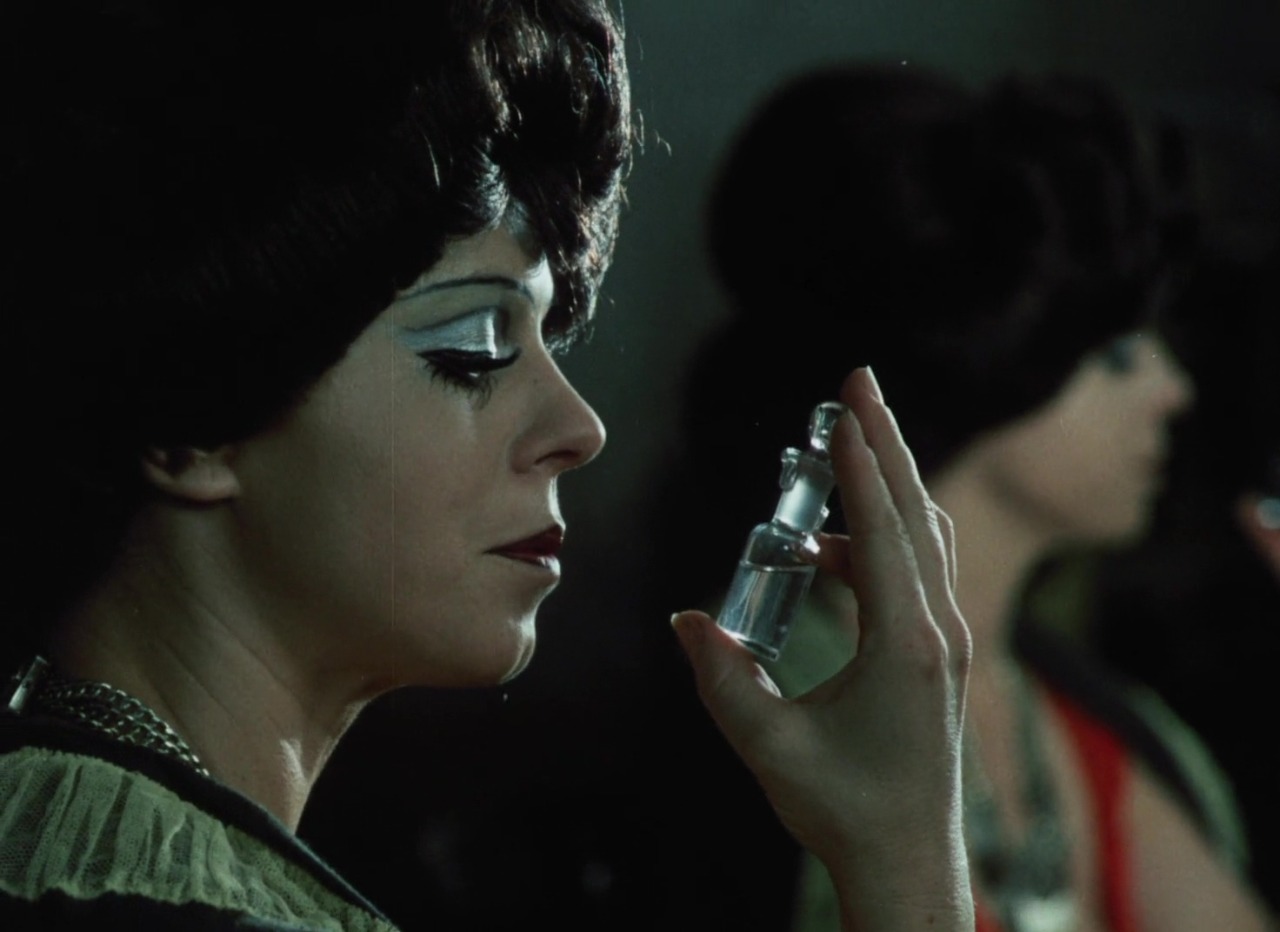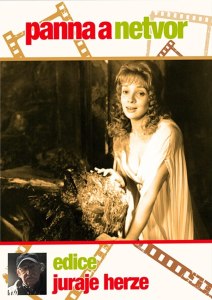
A woman clad in black, starkly contrasted against the sun-bleached seashore, skulks like a cat between the rocks after disposing of a vial of poison. She spots her servant girls below, laughing and swimming naked in the sea. Jealous of their youth and vivacity, she picks up a rock and hurls it at the back of one of their heads, crippling a girl for life…
A few years after Juraj Herz gave us one of the great movie villains in The Cremator, this act of sheer malice is just a tea break in the murderous schemes of another memorable antagonist in Morgiana. A monstrously melodramatic adaptation of Alexander Grin’s novel Jessie and Morgiana, it is the tale of two diametrically opposed sisters. Klara Trangan, dressed all in white, is simple, naive, and kindhearted – annoyingly so – while her gloomy, covetous sister Vitoria lurks around like a grudging shadow. Both are played by Iva Janžurová, and the illusion is pulled off so well through acting, costume, make-up and camera tricks that it took me half the movie to realise it was the same actor.
Things kick off after the Trangan sisters’ father dies, and his wealth and estate are divided between them in his will. They are both very well provided for, but there is little doubt that Klara got the sweetest inheritance, receiving a sprawling villa and its grounds overlooking the sea, while Viktoria gets some land and a haunted hunting lodge. To further inflame Viktoria’s grievances, Klara also attracts the attention of two handsome suitors – the grave lawyer in charge of their father’s will, Glenar (Petr Čepek) and gallant military man Marek (Josef Abrhám).
Viktoria retreats to her hunting lodge to sulk with her cat, Morgiana, where she hatches a plot to kill her sister with a slow-acting poison that is impossible to trace. So slow-acting, in fact, that she doubts whether it is working at all until Klara starts experiencing hallucinations and a unslakeable thirst. By which time she has also tried it out on a servant woman’s dog to make sure she wasn’t sold a lemon.

Rumours of Klara’s maladies reach Otylie (Nina Divíšková), the purveyor of the poison, who then shows up wearing a very big hat to blackmail Viktoria. Unfortunately for her, she underestimates how murderously batshit crazy the wannabe poisoner is…











